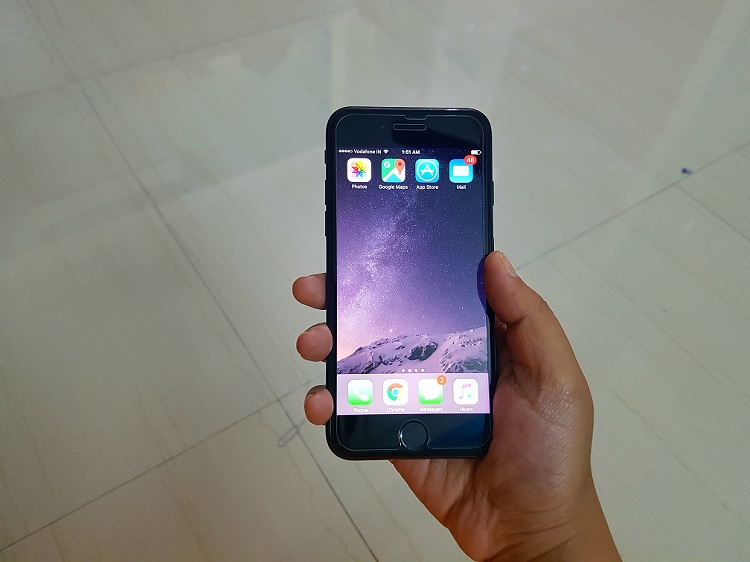
Though the education field has historically struggled to keep up with technological advances, it certainly has improved over the last years. It’s become more common to find classrooms filled with kids using tablets or teachers being supported by interactive whiteboards. Online platforms are now ubiquitous and used for everything ranging from taking courses to managing classes.
Yet, education has still a long way to go if it wants to properly prepare the next generations for the ever-changing and fast-paced world that’s waiting out there. Fortunately, technology doesn’t just pose a challenge for education – it brings fantastic advantages as well. In fact, one particular technology holds impressive potential to revolutionize schools and colleges around the world. I’m talking about big data.
Since we are now growing accustomed to gathering information for analysis, it’s only natural that experts are seeing big data as a great way to reform our outdated approach to education. Companies are outsourcing software developers to come up with new platforms, schools are introducing new ways to improve on available data, colleges are relying on digital information to rise up to new challenges. But there’s more big data can do for education. Here are some examples.
Customizing the learning process through data
One of the biggest challenges in education is and has always been the one-size-fits-all approach of the curricula. Traditionally, schools and colleges establish a program that’s rigidly followed throughout the year. Thus, every student is expected to learn the entire contents in such a program in a predefined time frame. Since not everyone learns at the same pace, this has always brought problems with quick and slow learners. The former get bored, the latter feel lost.
Since customization is one of big data’s strongest suits, it’s logical to start seeing it as a perfect solution for this historical issue. With it, educational institutions could track the student activities during particular times in the classes to gain valuable insights about each and every one of them. By analyzing the behavior patterns, the level of engagement and the evolution of each student, teachers could be able to create customized learning pathways for every student.
These new pathways could offer different kinds of contents and modules as well as provide the possibility of choosing which module to take next and how much time the student wants to spend with each lesson. What’s more – they would open up the possibility for students to take the tests whenever they feel ready, thus adjusting to each individual pace.
Such a level of personalization is proving to be very effective. Recent studies show that the potential of targeted instruction to overcome the traditional limitations of a classroom is very high. In such a context, big data would play a central role in providing the necessary information from where to infer the customization level for each student.
Measuring student performance
As anyone related to education already knows, measuring the students’ performance is essential for future improvements. Understanding which approaches, methods, and classes work and which don’t is key to offer an education of higher quality. It’s no surprise that people are turning to big data to help with this as well.
Since technology is already making its way into traditional classrooms and online platforms are becoming standard, the ability to gather information to better comprehend performance patterns is greatly increased. Traditional education has mostly relied on some sort of pass/fail ratio to define whether a course was successful or not. With the amount of detailed data we can access today, there’s no need to play that guessing game no more.
Institutions can now collect information about student behavior during classes and tests to get insights on how to improve. Monitoring data points such as the time it takes for students to answer certain questions, the number of times they read or watch a particular content, and historical trends of student’s performance can point towards problematic areas that might otherwise go unnoticed.
For instance, if a lot of students are watching the same video over and over again, it might be because they are struggling to understand it. Or if the failure rate of a specific question in a test is particularly high, then it might be because that question isn’t precisely clear or because the topic wasn’t sufficiently explained. All of that can stem from the collected data and the correlations the teachers and the platforms can establish between the available information.
Predicting specializations and careers
Personalization via big data doesn’t just end with the customization of an educational course. It can also serve to solve one of the most troubling moments in any person’s life – deciding on a professional path. Though using digital systems to suggest career choices isn’t precisely new, the precision of big-data-based estimations would make this more appealing.
If an educational institution is already gathering personal data on their students to improve the quality of its offering, it could use that information to pinpoint which areas and subjects each student is more interested in. Combining information coming from the academic performance, time spent on different classes and courses, extracurricular activities, and personality traits derived from interactions and engagements, big data platforms could recommend career paths tailored to every student.
The emphasis here is put on “recommend” as these platforms don’t necessarily take into account all of the information available from the student. However, the suggestions would be highly accurate on an academic level, helping countless students in making the transition from schools into colleges or easing them directly into the workforce.
During this process, the big data platforms could also suggest additional content and courses that might reinforce particular interests. Thus, anyone with a software developer profile might benefit from coding courses but also about getting some art education that enhances their creativity. With big data, knowing how to combine seemingly opposing interests would be easier.
The work ahead
Big data is a promising technology for education, sure, but that doesn’t mean it doesn’t have its challenges. As with all fields trying to take advantage of large datasets, educational institutions will have to deal with cybersecurity aspects that tackle two issues. First, there’s the problem of cyberattacks that might compromise the student databases. And second, there are the privacy concerns surrounding the gathering of personal data.
Then, there’s the challenge of balancing human education with data-driven tasks that might be taken over by AI-based platforms. Though we might feel tempted to delegate education to robots and intelligent software that acts according to the available data, many of us are already suspecting the importance of human interaction in educational settings.
Finally, there’s the not-so-minor task of getting people on board. From teachers reluctant to embrace the new technologies to students (and their parents) failing to see the value of data-based education, it’s crucial for educational institutions to prepare people for a future where the rhythm of the classrooms will be mostly determined by algorithms. Eventually, this won’t be necessary, as technologies like big data will become standard for the educational field.
In the meantime, and during the transition process that’s taking us from the traditional learning methods to more diverse, flexible, and sophisticated techniques, we’ll have to keep testing, experimenting, and researching the impact of these new tools in the education as a whole. It’s the only way we can guarantee that the big revolution implied in these technologies finally comes to fruition.







Leave a Reply